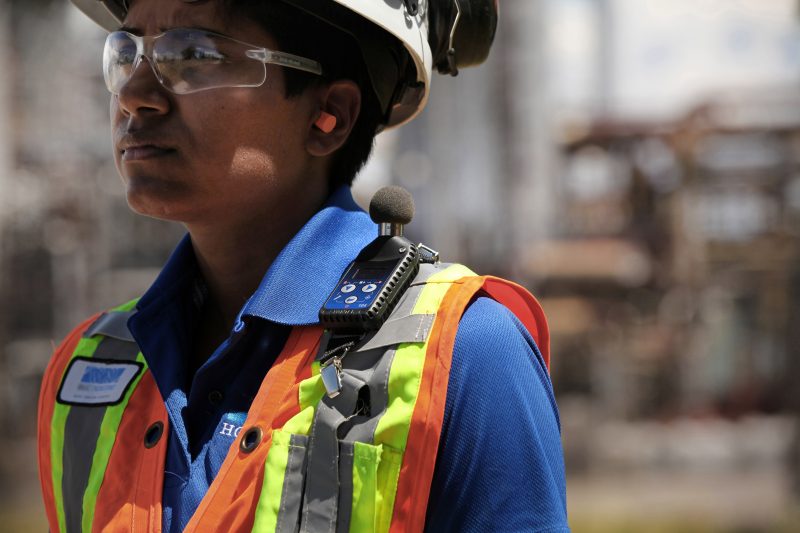Noise Monitoring (Singapore)

Institute of Ergonomics and Hygiene (IEH) specialises in occupational noise monitoring and ensure quality hearing conservation programme
Requirement for Noise Monitoring
Under Singapore WSH (Noise) Regulations 7, where there are 10 or more relevant persons employed or working in a workplace are likely to be exposed to excessive noise , it shall be the duty of the occupier of the workplace to cause noise monitoring.
What is considered Excessive Noise ?
A person is considered exposed to excessive noise, if the noise that he would be exposed to, when not wearing any hearing protector, exceeds —
– the permissible exposure limit for noise specified in The Schedule under WSH (Noise) Regulations ; OR
– an equivalent sound pressure level of 85 dB(A) over an 8-hour work day, in any case where the noise is at a fluctuating sound pressure level; OR
– a peak sound pressure level exceeding 140 dB(C); and
Frequency of Noise Monitoring
Noise monitoring to be carried out at least once every 3 years, or earlier if any change in machinery, equipment, process, operation, work, control or other condition is likely to cause any such person to be exposed to excessive noise.
Who can conduct the work?
Noise monitoring must be done by a competent person, who has completed the WSQ course on “Monitoring Noise and Vibration”. The competent person will carry out noise monitoring using suitable instrument and adopt recognized method and acceptable procedures.
How are the noise exposure determined ?
There will be three approaches (conducted concurrently) to measure the noise levels in the workplace
– Personal Noise Dosimetry to determine personnel’s noise exposure levels
– Determining Noise Levels Emitted by Machines
– Area measurement to produce a representative Noise Contour of the workplace
How many personal dosimetry are required ?
Competent Person will study the workplace and its operations in order to group workers who have similar noise exposure into Similar Exposure Groups (SEGs).
| Total Number in SEG | 7-8 | 9-11 | 12-14 | 15-18 | 19-26 | 27-43 | 44-50 |
| Required Number of Samples | 6 | 7 | 8 | 9 | 10 | 11 | 12 |
How long is the noise monitoring ?
For practical reasons, it may not be possible to measure the noise levels over the entire working
day. In these cases, measurements should as far as possible, be taken during the major part of
the day (~80% of the work shift) and at least cover all significant periods of noise exposure. For example for a 8-hours shift, it is goo to measure at least 6.5 hours.
Will the employees’ task and operations be affected ?
Personal noise dosimeter are designed in mind to reduce interference to the work.

Why choose Institute of Ergonomics and Hygiene ?
Simply put, we do this well. Our consultant will support you to develop the noise sampling strategy for you, helping you to decide the number of personal dosimetry and plan for your machine and area noise measure to provide representative results. After monitoring, we do not stop there, we will provide recommendations and follow through to support your workplace with noise control measures.
